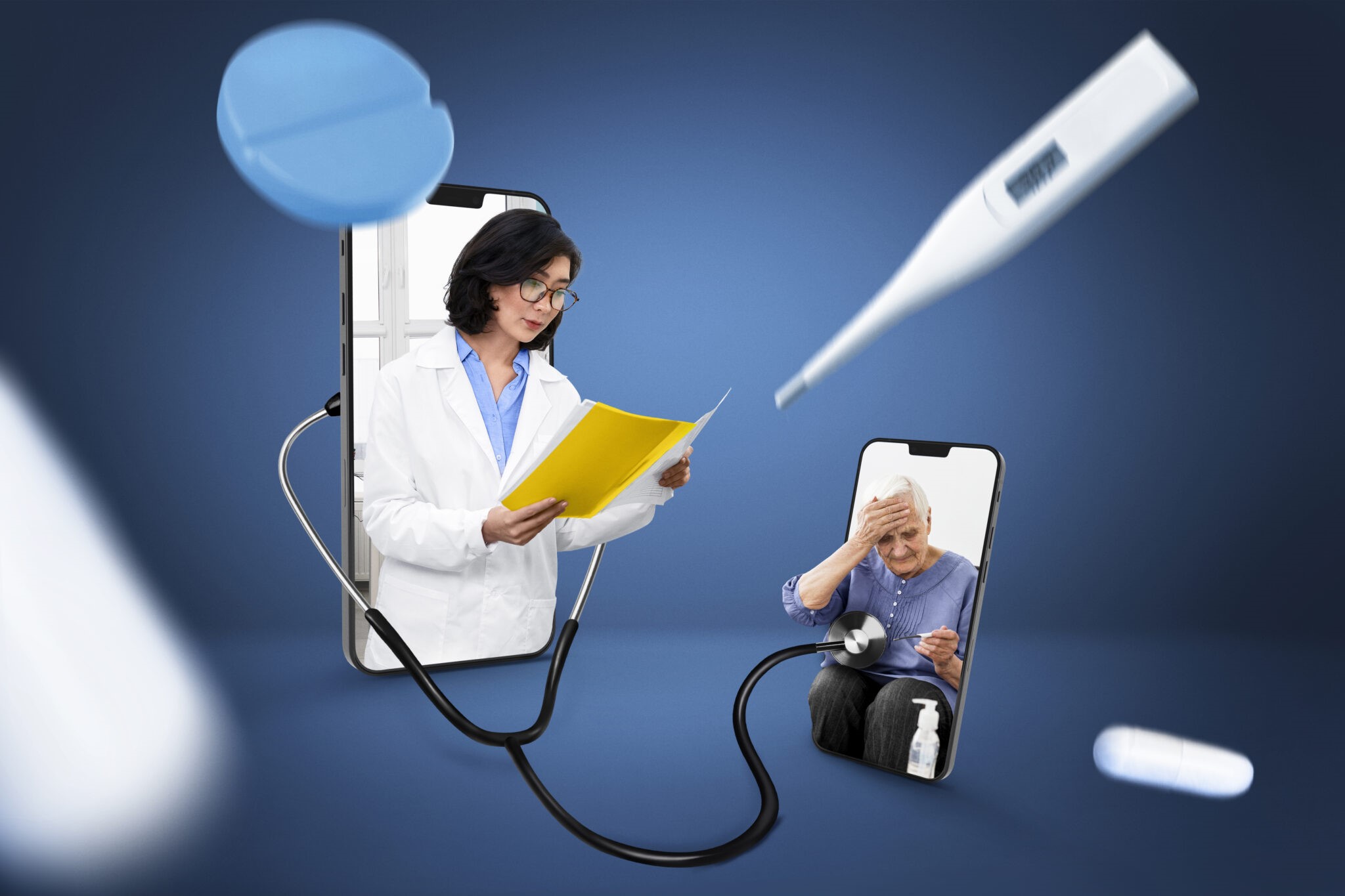The landscape of healthcare has been rapidly evolving, and one of the most transformative developments in recent years is the rise of Remote Patient Monitoring (RPM). As we progress through 2024, the growth of RPM is not only evident but also indicative of a broader shift toward more patient-centric, efficient, and data-driven healthcare systems. This article delves into the factors driving the growth of RPM, its benefits, challenges, and the future outlook for this groundbreaking technology.
The Driving Forces Behind RPM Growth
Several key factors have contributed to the accelerated adoption and growth of Remote Patient Monitoring in 2024:
- Technological Advancements: The proliferation of wearable devices, smartphones, and advanced sensors has made RPM more accessible and reliable. These technologies enable continuous monitoring of vital signs such as heart rate, blood pressure, glucose levels, and more, providing real-time data to healthcare providers.
- Pandemic Aftermath: The COVID-19 pandemic significantly accelerated the adoption of telehealth and RPM. Social distancing measures and the need to reduce hospital visits spurred the integration of remote healthcare solutions. Even as the pandemic wanes, the preference for remote care remains strong.
- Aging Population: With a growing elderly population, there is an increasing need for chronic disease management and continuous health monitoring. RPM offers a practical solution for managing conditions such as diabetes, hypertension, and heart disease from the comfort of patients’ homes.
- Healthcare Cost Reduction: RPM has the potential to reduce healthcare costs significantly by minimizing hospital readmissions, emergency room visits, and unnecessary in-person consultations. This cost-saving aspect is attractive to both healthcare providers and payers.
- Policy Support: Governments and regulatory bodies are increasingly recognizing the value of RPM. In many regions, policies and reimbursement models are being updated to support the integration of RPM into standard healthcare practices.

Benefits of Remote Patient Monitoring
The growth of RPM is underpinned by its numerous benefits, which are being increasingly recognized by patients, healthcare providers, and payers alike.
- Improved Patient Outcomes: Continuous monitoring allows for early detection of potential health issues, enabling timely interventions. This proactive approach can lead to better management of chronic conditions and improved overall health outcomes.
- Enhanced Patient Engagement: RPM empowers patients to take an active role in their healthcare. By having access to their own health data, patients can make informed decisions and adhere more closely to treatment plans.
- Convenience and Comfort: Patients can receive high-quality care without the need to travel to healthcare facilities. This is particularly beneficial for those with mobility issues or those living in remote areas.
- Data-Driven Insights: RPM generates a wealth of data that can be analyzed to identify trends, predict health events, and personalize treatment plans. This data-driven approach enhances the precision and effectiveness of healthcare.
- Resource Optimization: By reducing the need for in-person visits, RPM helps healthcare systems optimize their resources. This is particularly important in times of high demand, such as during flu seasons or pandemics.
Challenges and Considerations
Despite its many advantages, the growth of Remote Patient Monitoring is not without challenges. Addressing these issues is crucial for the continued expansion and effectiveness of RPM.
- Data Security and Privacy: The collection and transmission of health data raise significant concerns about data security and patient privacy. Robust encryption, secure data storage, and strict access controls are essential to protect sensitive information.
- Technology Adoption: While younger, tech-savvy patients may readily adopt RPM, older adults or those less familiar with technology may face barriers. User-friendly interfaces and comprehensive training programs are necessary to ensure widespread adoption.
- Interoperability: For RPM to be effective, the devices and platforms used must be interoperable with existing healthcare systems. Standardization and integration efforts are needed to ensure seamless data sharing and communication.
- Reimbursement Models: Although progress has been made, reimbursement for RPM services remains inconsistent. Clear and supportive reimbursement policies are essential to incentivize healthcare providers to adopt and utilize RPM.
- Clinical Validation: The effectiveness of RPM solutions must be clinically validated through rigorous studies. This validation is crucial for gaining the trust of healthcare providers and ensuring that RPM technologies deliver accurate and reliable results.
Future Outlook
The future of Remote Patient Monitoring looks promising, with several trends and innovations poised to shape its trajectory:
- Artificial Intelligence and Machine Learning: AI and machine learning algorithms can analyze the vast amounts of data generated by RPM devices, providing predictive analytics and personalized treatment recommendations. These technologies will enhance the accuracy and efficiency of RPM.
- Integration with Telehealth: The combination of RPM and telehealth creates a comprehensive remote care ecosystem. Patients can have virtual consultations with their healthcare providers while their health data is continuously monitored in real-time.
- Expansion to New Areas: While RPM has been primarily used for chronic disease management, its applications are expanding to areas such as post-operative care, mental health monitoring, and maternal health. This diversification will drive further growth and adoption.
- Patient-Centered Care Models: The shift toward value-based care models emphasizes patient outcomes and satisfaction. RPM aligns perfectly with this approach by offering personalized, continuous care that improves patient experiences and outcomes.
- Global Adoption: While RPM has seen significant growth in developed countries, there is immense potential for adoption in developing regions. As technology becomes more affordable and accessible, RPM can address healthcare disparities and improve access to quality care globally.
Conclusion
Remote Patient Monitoring is revolutionizing the healthcare landscape in 2024. Its growth is driven by technological advancements, an aging population, cost-saving potential, and supportive policies. The benefits of RPM, including improved patient outcomes, enhanced engagement, and data-driven insights, are compelling. However, challenges such as data security, technology adoption, and reimbursement models must be addressed to ensure its continued success.
As we look to the future, the integration of AI, telehealth, and the expansion of RPM to new areas promise to further enhance its impact. The global adoption of RPM holds the potential to transform healthcare delivery, making it more patient-centric, efficient, and accessible. The journey of RPM is just beginning, and its growth in 2024 is a testament to the innovative spirit driving the healthcare industry forward.










